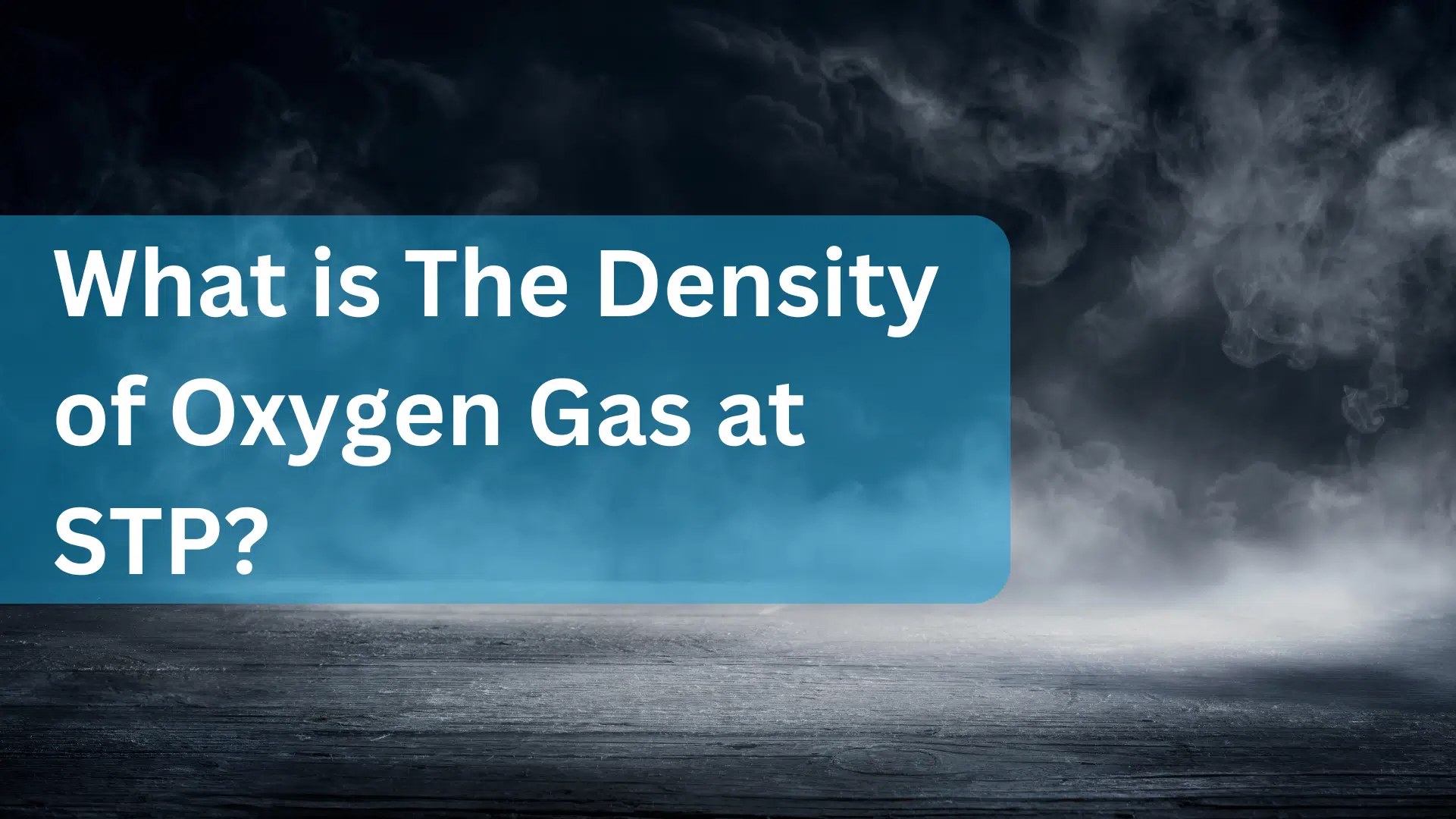
Introduction
Oxygen (O₂) is an essential element for life, making up about 21% of Earth’s atmosphere. But when it comes to understanding its properties in scientific and industrial applications, one key factor to consider is its density at Standard Temperature and Pressure (STP).
This blog post will break down the density of O2 gas at STP, using simple formulas, real-world relevance, and credible references. Let’s dive into the science behind it.
Understanding Standard Temperature and Pressure (STP)
Before calculating the density of O2 gas, it’s important to understand the reference conditions known as STP.
Standard Temperature: 273.15 K (0°C)
Standard Pressure: 1 atm (101.325 kPa)
Molar Volume of an Ideal Gas at STP: 22.414 L/mol
These conditions provide a universal basis for comparing gas properties, ensuring consistency in scientific calculations.
Calculating the Density of Oxygen Gas at STP
To determine the density of O₂, we use the following formula:
Why is Oxygen Gas Density Important?
Industrial Applications
The Oxygen’s density plays a big role in various industries. In welding and metal cutting, pure oxygen enhances combustion, making metalwork more efficient. In the aerospace and medical fields, oxygen tanks rely on precise density calculations to ensure accurate delivery. Additionally, in chemistry, oxygen density affects stoichiometric calculations and influences reaction dynamics.
Environmental Science
Oxygen density is also crucial in environmental studies. It helps scientists understand how air pollution disperses, analyse atmospheric composition and its variations, and study oxygen level fluctuations in climate research. These factors play a role in predicting environmental changes and improving air quality monitoring.
Medical Relevance
Hospitals and healthcare providers calibrate oxygen cylinders based on gas density to ensure proper oxygen delivery to patients. This accuracy is essential for respiratory support and life-saving treatments, making it a critical aspect of medical care.
Common Misconceptions About Oxygen Gas Density
Myth 1: “Oxygen is Heavier than All Gases”
This is false. While oxygen (1.429 g/L) is heavier than nitrogen (1.25 g/L), it is still lighter than gases like carbon dioxide (1.98 g/L).
Myth 2: Oxygen Density is Constant Everywhere
This is also false. Oxygen’s density varies with changes in temperature, pressure, and altitude, making it crucial to consider environmental conditions when calculating gas properties.
Conclusion
Understanding the density of O2 gas at STP is essential for various scientific, industrial, and medical applications. By applying a simple formula, we determined that oxygen’s density at STP is 1.429 g/L.
Whether you’re a student, scientist, or engineer, knowing this fundamental property of oxygen can enhance your knowledge and practical applications.








